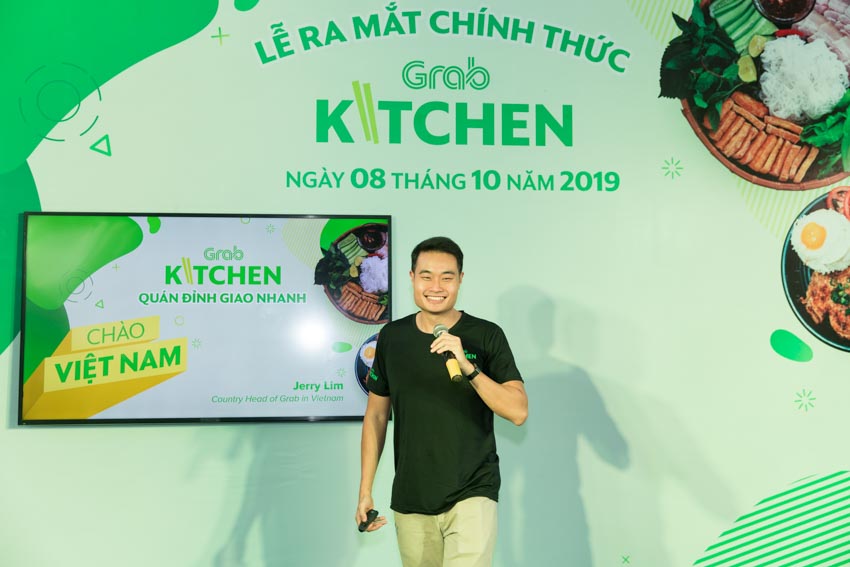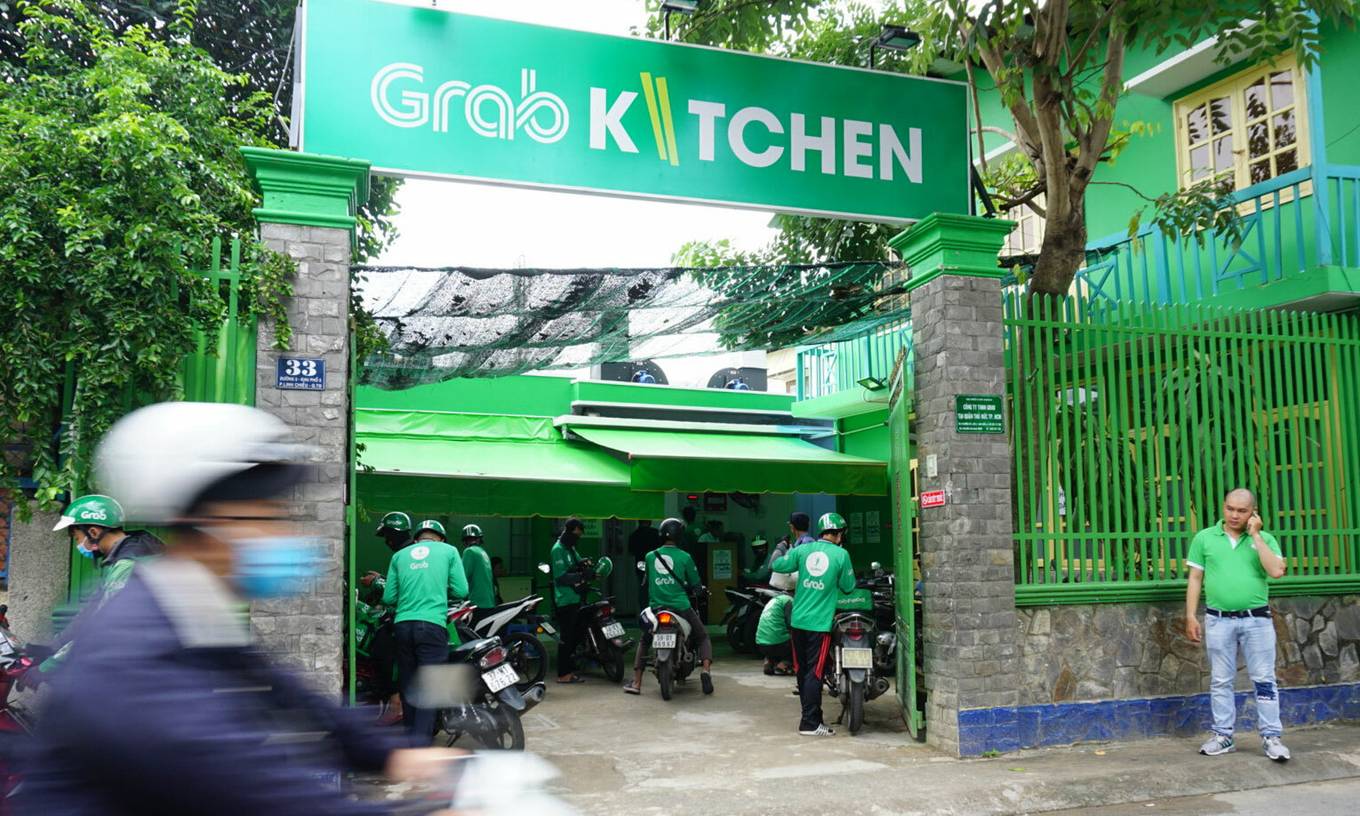Featuring 12 favorite restaurants on the GrabFood platform, GrabKitchen offers users in particular geographical areas a variety of curated food selections by leveraging data from historical orders to address cuisine gaps, pick up and deliver to customers.
Grab has given each of them space to cook for free though they have to pay utility bills and gets a commission on the orders.

Vietnam is the second place where it has launched GrabKitchen after Indonesia, and there is great potential for this model in the country, Jerry Lim, CEO of Grab Vietnam, said in a statement.
The launch of GrabKitchen in Vietnam, and concurrently in Thailand, makes GrabFood the largest operator of "cloud kitchens" in Southeast Asia, with 20 kitchens in the region.
The launch also marks the first time GrabFood is expanding the GrabKitchen service outside Indonesia.
Thu Duc was chosen because of its young demographic comprising students and workers who want to order from their favorite restaurants which are located too far away, he said.
“Vietnam is the second country where Grab is operating the GrabKitchen model. In the Indonesian market, within a short span of six months, we had expanded to more than 10 GrabKitchens across the nation as of September. We aim to launch more than 50 GrabKitchens by the end of this year, the largest regional network of cloud kitchens in Southeast Asia.
In Vietnam, with the exponential growth of GrabFood, we believe that the concept of GrabKitchen will also achieve considerable growth. This is the way we built Grab as a multi-beneficial ecosystem, and do Grab for Good through everyday operations," said Jerry Lim, Country Head of Grab in Vietnam.
More such kitchens would be opened in the city this year and the model would be expanded to Hanoi and Da Nang next year, Lim added.
By the end of this year, GrabFood aims to operate a regional network of cloud kitchens totalling over 50 GrabKitchens in Indonesia, becoming the only truly regional food delivery platform with the largest footprint. GrabFood currently operates in 221 cities across six countries.

GrabKitchens are strategically located to bridge consumer demand and availability of food selections while reducing the time for food delivery.
For merchants, GrabKitchen is a convenient way for micro- and small-medium enterprises (MSMEs) to expand the geographic area they serve and reach more consumers using technology.
Shared kitchens have become popular in Asian countries such as China, Japan and India in recent years as restaurants can focus completely on the food and do not need to find, rent and manage a shop.
In the first half of 2019, GrabFood, Vietnam’s top food delivery platform, saw gross merchandise value grow 400 per cent, with average daily orders hitting 300,000.
Competitors for GrabFood in Vietnam now are Foody’s Now, Go-Viet’s GoFood and South Korean-owned Baemin.
Vietnam’s ride-hailing and food delivery market is expected to top $1 billion this year and $4 billion in 2025, according to a recent report by Google, Singaporean investment firm Temasek and U.S. consultancy Bain.

















